Airborne LiDAR Market Summary
As per MRFR analysis, the Airborne LiDAR Market Size was estimated at 2.53 USD Billion in 2024. The Airborne LiDAR industry is projected to grow from 2.809 USD Billion in 2025 to 7.998 USD Billion by 2035, exhibiting a compound annual growth rate (CAGR) of 11.03 during the forecast period 2025 - 2035.
Key Market Trends & Highlights
The Airborne LiDAR Market is poised for substantial growth driven by technological advancements and increasing applications across various sectors.
- Technological advancements in LiDAR systems are enhancing data accuracy and processing speed, thereby expanding their utility.
- North America remains the largest market for Airborne LiDAR, while the Asia-Pacific region is emerging as the fastest-growing market.
- The mapping segment continues to dominate the market, whereas the coastal studies segment is witnessing rapid growth due to rising environmental concerns.
- Increasing demand for high-resolution mapping and government investments in infrastructure development are key drivers propelling market expansion.
Market Size & Forecast
| 2024 Market Size | 2.53 (USD Billion) |
| 2035 Market Size | 7.998 (USD Billion) |
| CAGR (2025 - 2035) | 11.03% |
Major Players
Leica Geosystems (CH), Riegl Laser Measurement Systems (AT), Topcon Positioning Systems (US), Quantum Spatial (US), Fugro (NL), GeoCue Group (US), Merrick & Company (US), Teledyne Optech (CA)


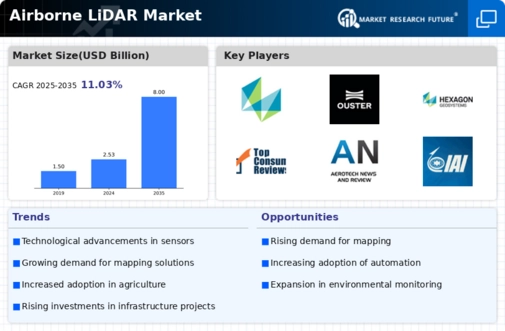
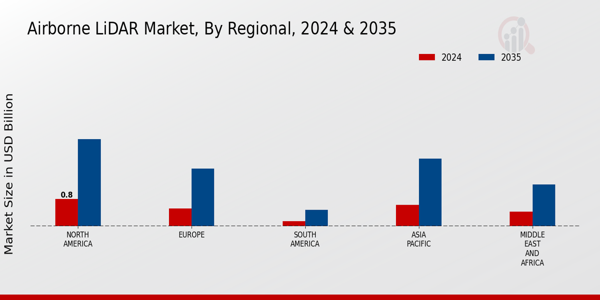
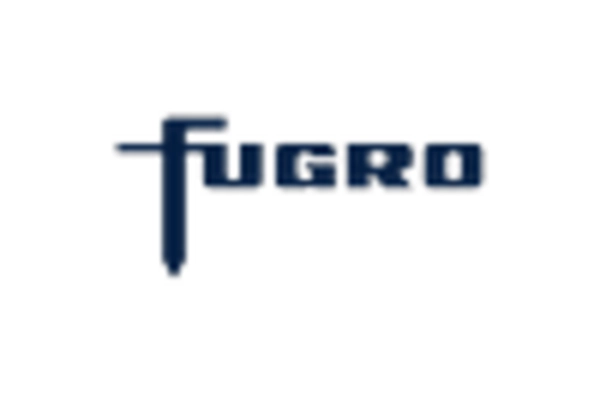
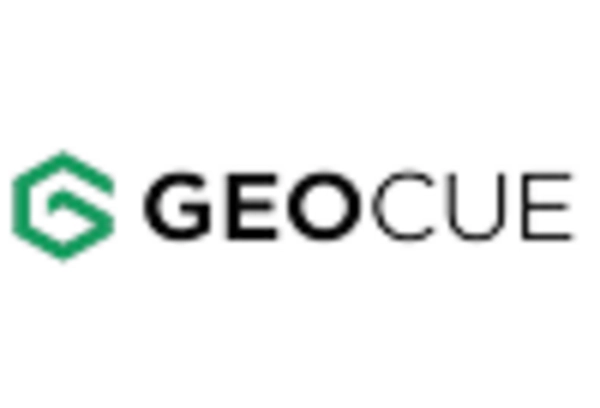
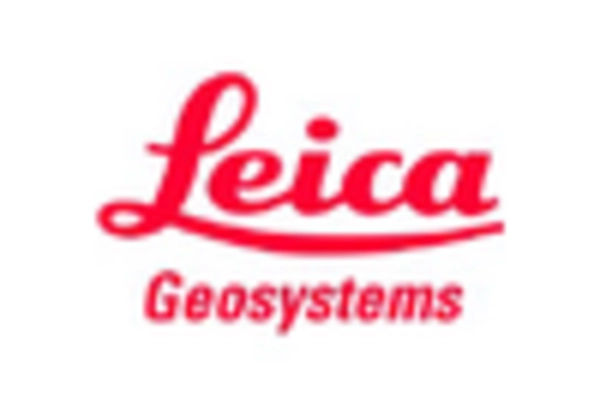
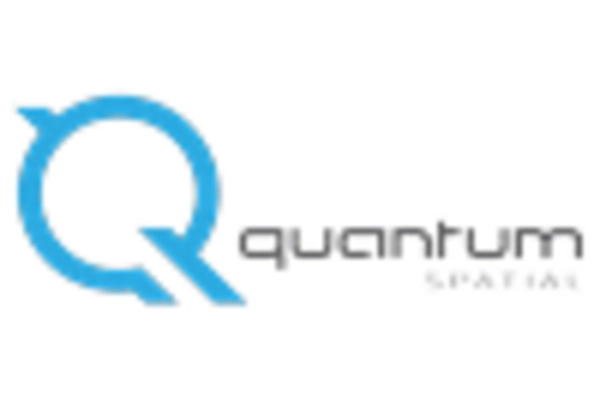
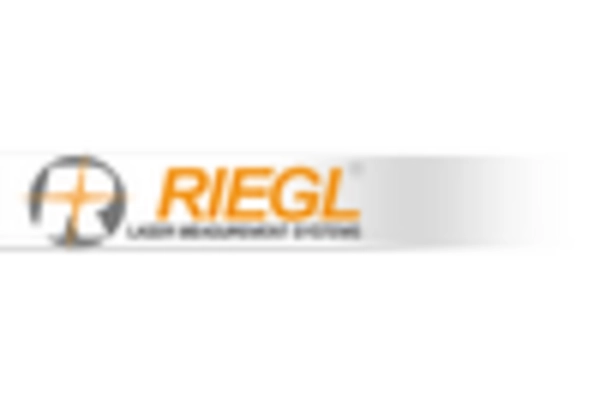
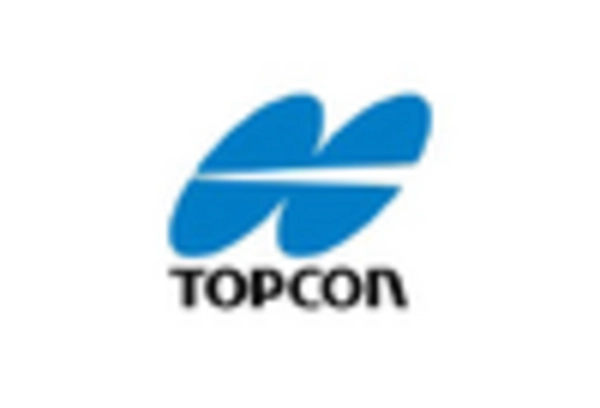








Leave a Comment